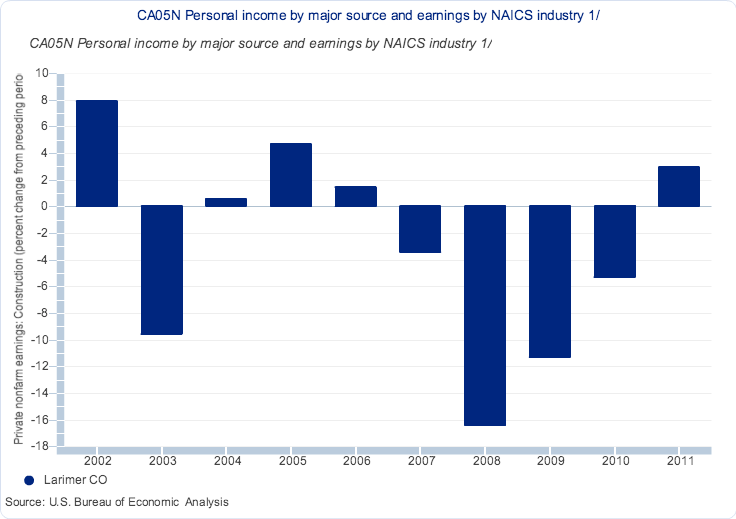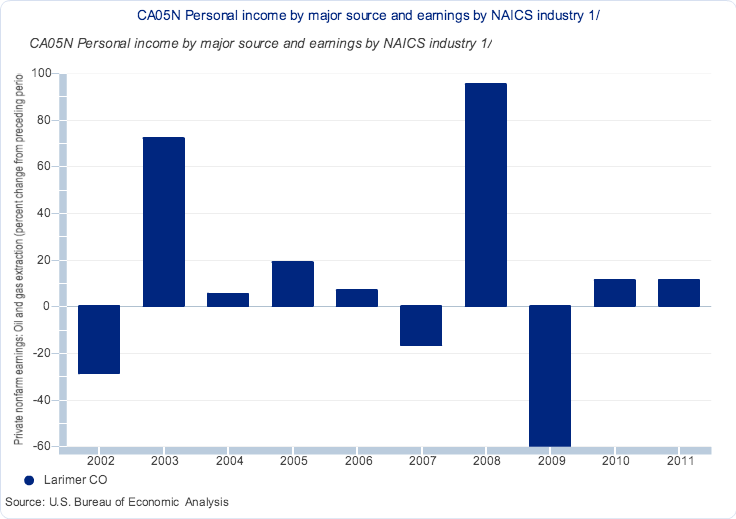Delving into data for great local economic stories
The economy remains a hot topic in many communities, and these stories always come down to numbers. Fortunately there is a great deal of federal, state, and county-level economic data available from a variety of online sources. At this month's Investigative Reporters and Editors conference, a special workshop showed reporters how to discover interesting local stories in economic data -- or use this data to add valuable context to other community coverage.
Paul Overberg, database editor at USA Today and one of the workshop presenters, explained that data from the U.S. Bureau of Economic Analysis, the Census Bureau, and the Bureau of Labor Statistics constitute "three good ways to come from different directions at the same topic: money flowing into households in a local area."
The workshop, which was sponsored by the Reynolds Center for Business Journalism at Arizona State Univ., delved into specific datasets and tools offered by those agencies. Video, resources, and self-paced lessons from the workshop are available online.
A big part of finding intriguing data is knowing where to look. Jeannine Aversa, BEA's chief of public affairs and another workshop presenter, said that if you're not very familiar with economic data, a good place to start is under BEA data for gross domestic product and personal income -- specifically under the tab on that page labeled "Local Areas Personal Income and Employment." This county-level data allows you to compare per capita personal income for your county to that of other counties. Or you can differentiate by industries and other factors, and trend the data.
For instance, per capita income for Larimer County, Colorado (home to the city of Ft. Collins) shows that as the mortgage crisis and resulting recession struck in 2008, per capital income for the construction industry there plummeted sharply -- while in the same year oil and gas extraction workers in that county saw a sharp boom in their income as local natural gas development increased.


You can use data to answer questions. Said Overberg: "Is local GDP growing or not? How does it compare to the growth rate of your state or nearby counties. Which parts of your local economy are/are not doing well?"
Similarly, Aversa noted that if you examine regional personal income data, you can start to answer compelling questions such as, "How have local families been healing financially from the recession? Are they rebuilding their finances, and how fast? Pocketbook issues like that tend to resonate well with local audiences," she said.
It's important to know what to look for in economic data. Overberg and Aversa recommended taking some time to learn the vocabulary, such as the difference between income and wealth.
"The Census bureaus collects most data about household income: salaries, wages, and tips. Also anything that's quantifiable as cash income, such as a pension. But they don't count capital gains," said Aversa. "That's not a big deal for middle class households, but in the upper income brackets that's a big deal. That's why you need to be willing to invest some time in reading up about how the data that interests you is gathered and defined. All of the agencies that present this data have done a good job of linking from the data to information about what it is and how we got it."
Understanding such data distinctions can give your local economic coverage a unique advantage.
For instance, "There's been a lot of reporting on economic inequality in the last few years, but much of it misses the real story in the data," said Overberg. "For local-level reporting, it's important to not get distracted by the extremes. A lot of what's driving extremes in wealth and poverty are national, international or global forces that can't be affected by local policymakers.
"But the middle three fifths of households -- the middle class, broadly defined -- are what you want to watch. Local voters, taxpayers and policymakers can have far more effect on the financial fortunes of the middle class. Their income (as a percent of total local income) will speak volumes about funding for local parks, schools, hospitals, etc. Also, when people in the middle class have more income, they tend to have more time for volunteer projects and nonprofits groups. That's when communities really gets rich."
Aside from BEA, BLS, and Census there are many other resources for economic data that can provide useful local information or context. Aversa noted that in many states, the state commerce and labor departments have useful data -- maybe not always online, but you can get it. At the county and local level, economic development agencies tend to have interesting data and useful experts. And the 12 Federal Reserve Banks scattered around the U.S. keep close tabs on economic activity in their region, and publish much of it online.
Much economic can appear arcane and overwhelming. But Aversa advised, "Don't be bewildered by the data. You can -- and should -- call the statistical agencies up front to help you find what you're looking for, so you don't waste too much time stumbling around. Sometimes how something is described or labeled is in jargon and needs to be decoded. The agencies want to help you understand their data."



